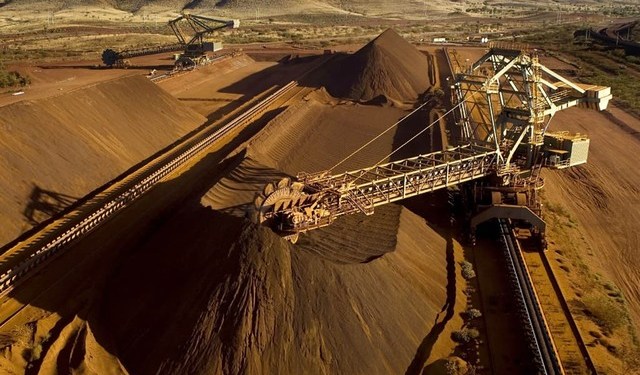By Rajendra Jadhav
MUMBAI, Oct 31 (Reuters) – Natural rubber prices are unlikely to recover in 2019 from their lowest level in more than two years as demand growth is faltering in top consumer China amid rising supplies, the Association of Natural Rubber Producing Countries (ANRPC) said.

“The demand-supply situation and currency movements are not favourable. Potential growth in supplies is also weighing on sentiment,” Jom Jacob, senior economist at the Kuala Lumpur, Malaysia-based ANRPC, told Reuters in a telephone interview on Wednesday.
Benchmark Tokyo rubber futures hit a 25-month low on Tuesday as optimism that China’s automobile sector may benefit from tax changes was offset by concerns about the global economy amid Sino-U.S. trade tensions.
Demand growth in China, which accounts for 40 percent of global consumption, could slow to 3.2 percent in 2019 from 5.3 percent in 2018, said Jacob, who is in India for a conference.
“Devaluation of Chinese currency has been making imports expensive for Chinese tyre makers. Their raw material cost is going up and hurting their competitiveness,” he said.
The Chinese yuan was set for a loss of about 1.4 percent in October, its seventh consecutive monthly retreat and its longest losing streak on record.
Key rubber producers Thailand, Indonesia, Vietnam and India are members of ANRPC, which accounts for about 90 percent of global output.
Global natural rubber output could jump 5.8 percent in 2019 to a record 14.7 million tonnes as top producer Thailand is increasing tapping, Jacob said.
Thailand’s output could rise 4.1 percent to a record 5 million tonnes, while Indonesia’s production could edge up 1.5 percent to 3.83 million tonnes, he said.
Global rubber output has been rising even as farmers in some countries such as India and Malaysia have suspended tapping due to lower prices.
Manufacturing PMI: Japan rebounds, but trade hits China while UK slumps
“If prices recover, then these farmers will resume tapping and supplies will rise further. The market knows this very well and that’s why prices are under pressure,” Jacob said.
Higher crude oil prices often benefit rubber prices because investors believe expensive oil will encourage a shift to natural rubber from synthetic rubber, a petroleum product.
This year, although, rally in crude oil failed to support rubber prices due to rising inventories in China, he said. (Reporting by Rajendra Jadhav; Editing by Tom Hogue and David Evans)



























